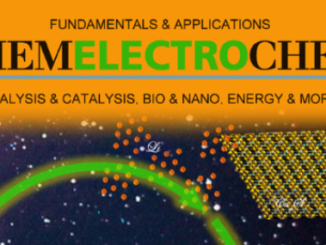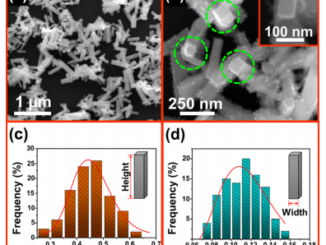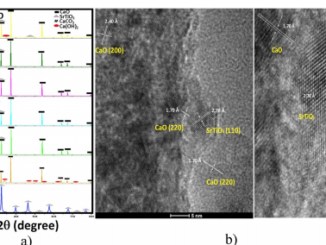
Effect of Fluoride Toothpaste Containing Nano-Sized Sodium Hexametaphosphate on Enamel Remineralization: An in situ Study
Abstract: Objective: To evaluate the remineralizing potential of a conventional toothpaste (1,100 ppm F) supplemented with nano-sized sodium hexametaphosphate (HMPnano) in artificial caries lesions in situ. Design: This double-blinded crossed study was performed in 4 phases of 3 days each. Twelve subjects used palatal appliances containing 4 bovine enamel blocks with artificial caries lesions. Volunteers were randomly assigned into the following treatment groups: no F/HMP/HMPnano (Placebo); 1,100 ppm F (1100F); 1100F plus 0.5% micrometric HMP (1100F/HMP) and 1100F plus 0.5% nano-sized HMP (1100F/HMPnano). Volunteers were instructed to brush their natural teeth with the palatal appliances in the mouth for 1 min (3 times/day), so that blocks were treated with natural slurries of toothpastes. After each phase, surface hardness post-remineralization (SH2), integrated recovery of subsurface hardness (Delta IHR), integrated mineral recovery (Delta IMR) and enamel F concentration were determined. Data were submitted to analysis of variance and Student-Newman-Keuls’ test (p < 0.001). Results: Enamel surface became 42% harder when treated with 1100F/HMPnano in comparison with 1100F (p < 0.001). Treatment with 1100F/HMP and 1100F/HMPnano promoted an increase of similar to 23 and similar to 87%, respectively, in Delta IHR when compared to 1100F (p < 0.001). In addition,Delta IMR for the 1100F/HMPnano was similar to 75 and similar to 33% higher when compared to 1100F and 1100F/HMP respectively (p < 0.001). Enamel F uptake was similar among all groups except for the placebo (p < 0.001). Conclusion: The addition of 0.5% HMPnano to a conventional fluoride toothpaste was able to promote an additional remineralizing effect of artificial caries lesions. (C) 2018 S. Karger AG, Basel
Author (s): Danelon, M; Garcia, LG; Pessan, JP; Passarinho, A; Camargo, ER; Delbem, ACB
CARIES RESEARCH
Volume: 53 Pages: 260-267 Published: 2019
DOI: 10.1159/000491555




